What Is A VESA Mounting Pattern? How to secure a TV
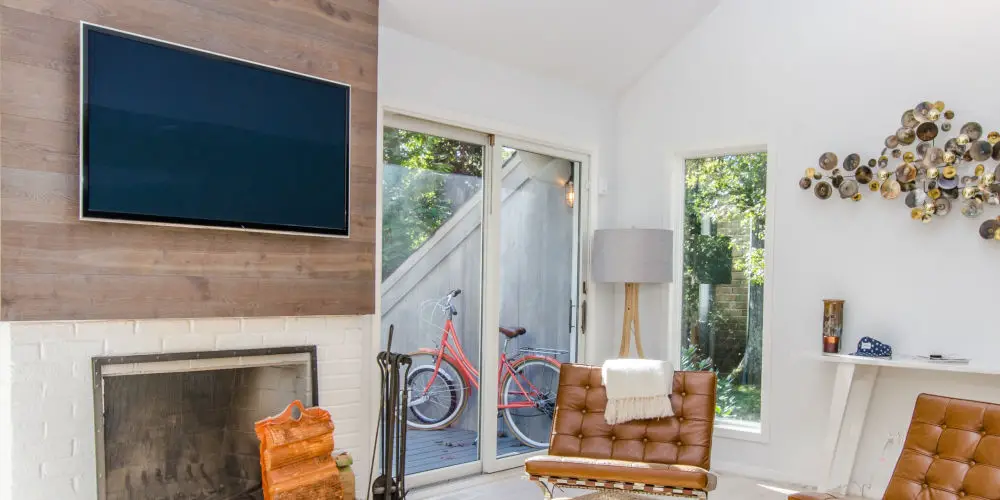
Wall mounting your TV is a clever way of creating a more seamless look. If you’re tight on space, then you’ll want to minimise how much furniture you have. Before mounting anything on a wall, you need to understand what is a VESA mounting pattern to buy the correct fitting.
Where does the term come from?
Unless you’ve fixed a TV or monitor to a wall before, you might not know what VESA is and why you might want to understand the concept.
VESA or Video Electronics Standards Association, have established a set of standard mounting holes that are used by most electronic manufacturers. These are known as the Flat Display Mounting Interface (FDMI) or Mounting Interface Standard (MIS).
VESA compliant display mounts also follow these standards, making it easy to select the right mounting for your display. Using the correct fixture to mount your Television will ensure it will be secure.
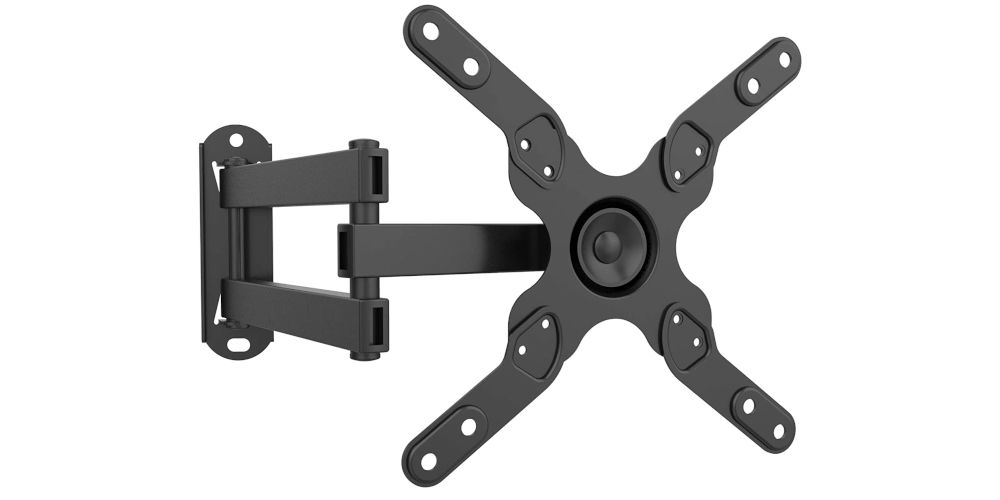
photo by BONTEC
What is a VESA Mount?
On the back of all flat-panel TVs and computer monitors are four mounting holes. The configuration of these four holes makes up a VESA mounting pattern.
For example, if your TV has a 100×100 VESA mounting pattern, the screw holes are arranged in a square 100 mm apart.
A 600×400 VESA means a distance of 600 and 400 mm between each hole.
Before you can buy the right mount, you need to either check the manual or the back of your display. If you can’t find the dimensions, then you’ll need to measure the distance between the mounting holes (centre to centre).
Thankfully, most mounts can accommodate a range of VESA hole patterns. So, you’ll probably be able to find several options that are compatible with your display.
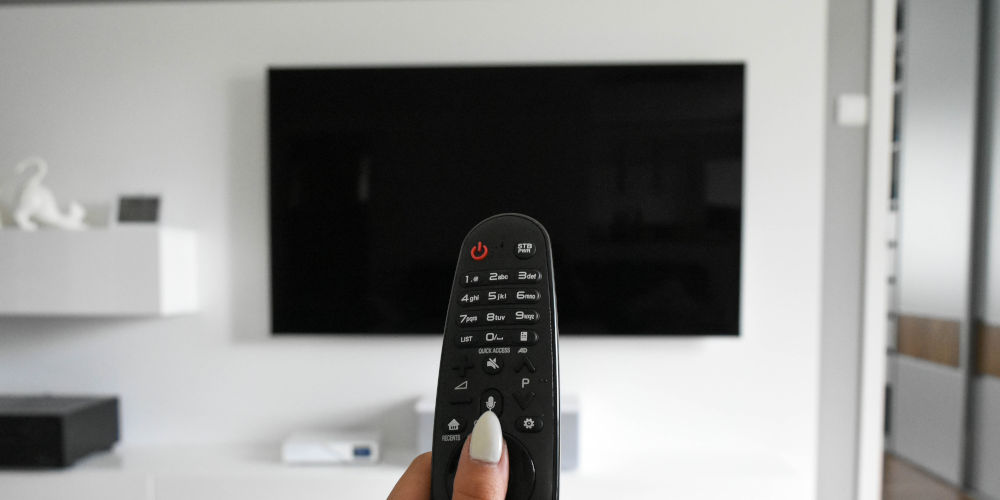
How do I find the VESA mounting pattern on my TV?
Locate the four mounting holes on the back of your TV or computer monitor. You’ll either see a square or rectangular configuration. Next, measure the distance between the holes and you have the VESA mounting patterns for that display.
For example, if the distance between mounting holes is 400mm horizontal by 200mm vertical, then the VESA size is 400×200.
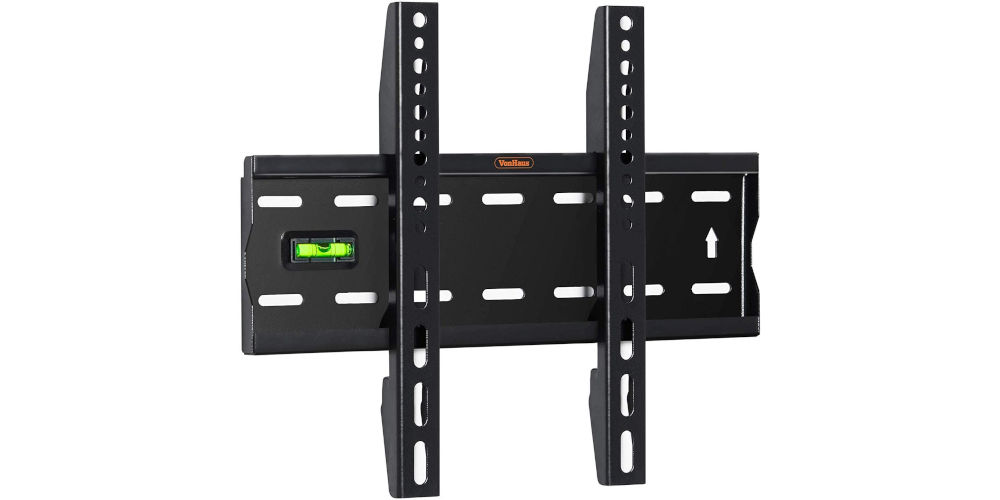
photo by VonHaus
Can I find a suitable wall bracket for my TV size?
There are plenty of affordable mounting brackets available that can handle a range of mounting patterns. Below is a list of the most common VESA configurations:
75×75
100×100
200×100
200×200
300×200
300×300
400×200
400×300
400×400
600×400
800×600
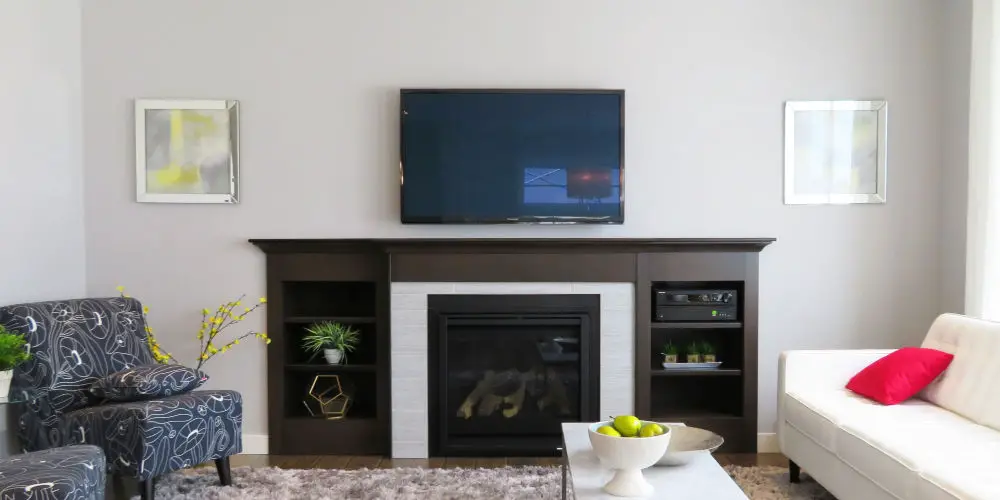
Correctly mounting your TV
It doesn’t matter if you use a wall bracket or a floor TV stand, you now have a better understanding of VESA and where it comes from. It is the distance between the mounting holes in the back of the TV in millimetres.
The VESA mounting size is always the same: horizontal x vertical distance in mm, whether you use a fixed tiltable, or swivelling wall mount. You can now use this information to set up a new TV with ease!




